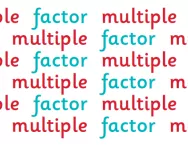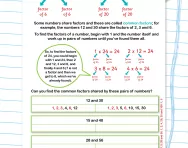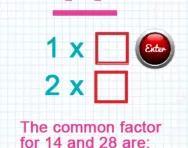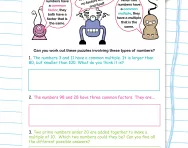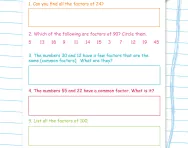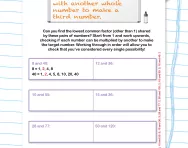Important update from TheSchoolRun
For the past 13 years, TheSchoolRun has been run by a small team of mums working from home, dedicated to providing quality educational resources to primary school parents. Unfortunately, rising supplier costs and falling revenue have made it impossible for us to continue operating, and we’ve had to make the difficult decision to close. The good news: We’ve arranged for another educational provider to take over many of our resources. These will be hosted on a new portal, where the content will be updated and expanded to support your child’s learning.
What this means for subscribers:
- Your subscription is still active, and for now, you can keep using the website as normal — just log in with your usual details to access all our articles and resources*.
- In a few months, all resources will move to the new portal. You’ll continue to have access there until your subscription ends. We’ll send you full details nearer the time.
- As a thank you for your support, we’ll also be sending you 16 primary school eBooks (worth £108.84) to download and keep.
A few changes to be aware of:
- The Learning Journey weekly email has ended, but your child’s plan will still be updated on your dashboard each Monday. Just log in to see the recommended worksheets.
- The 11+ weekly emails have now ended. We sent you all the remaining emails in the series at the end of March — please check your inbox (and spam folder) if you haven’t seen them. You can also follow the full programme here: 11+ Learning Journey.
If you have any questions, please contact us at [email protected]. Thank you for being part of our journey it’s been a privilege to support your family’s learning.
*If you need to reset your password, it will still work as usual. Please check your spam folder if the reset email doesn’t appear in your inbox.
What is the highest common factor?

What is the highest common factor?
The highest common factor of two numbers is the largest whole number which is a factor of both. Teachers may introduce this concept to more able Year 6 children.
A factor is one of two or more numbers that divides a given number without a remainder.
Finding the highest common factor
To work out the highest common factor of two numbers, start by listing all the factors then compare the lists to find the largest number they have in common. For example:
What is the highest common factor of 16 and 48?
Factors of 16 are 1, 2, 4, 8 and 16.
Factors of 48 are 1, 2, 3, 4, 6, 8, 12, 16, 24 and 48.
So the highest common factor of 16 and 48 is 16.
A more difficult challenge may be to ask for the highest common factor of a group of three or four numbers.
For example:
What is the highest common factor of 21, 36 and 42?
Factors of 21 are 1, 3, 7 and 21.
Factors of 36 are 1, 2, 3, 4, 6, 9, 12, 18 and 36.
Factors of 42 are 1, 2, 3, 6, 7, 14, 21 and 42.
So the highest common factor of these three numbers is 3.
Finding the highest common factor of two numbers is an excellent way of getting children to practise their times tables and division facts. It also helps them to familiarise themselves with the term 'factors'.
A good challenge would be to give children puzzles where the factor rather than the original numbers are given, for example:
Two numbers have a highest common factor of 7. What could the two numbers be?
This way, children need to think carefully about what the numbers could be, then whittle the answer down to two numbers by a process of elimination.
(The answer to the above could be 14 and 49, but there may be other answers.)

